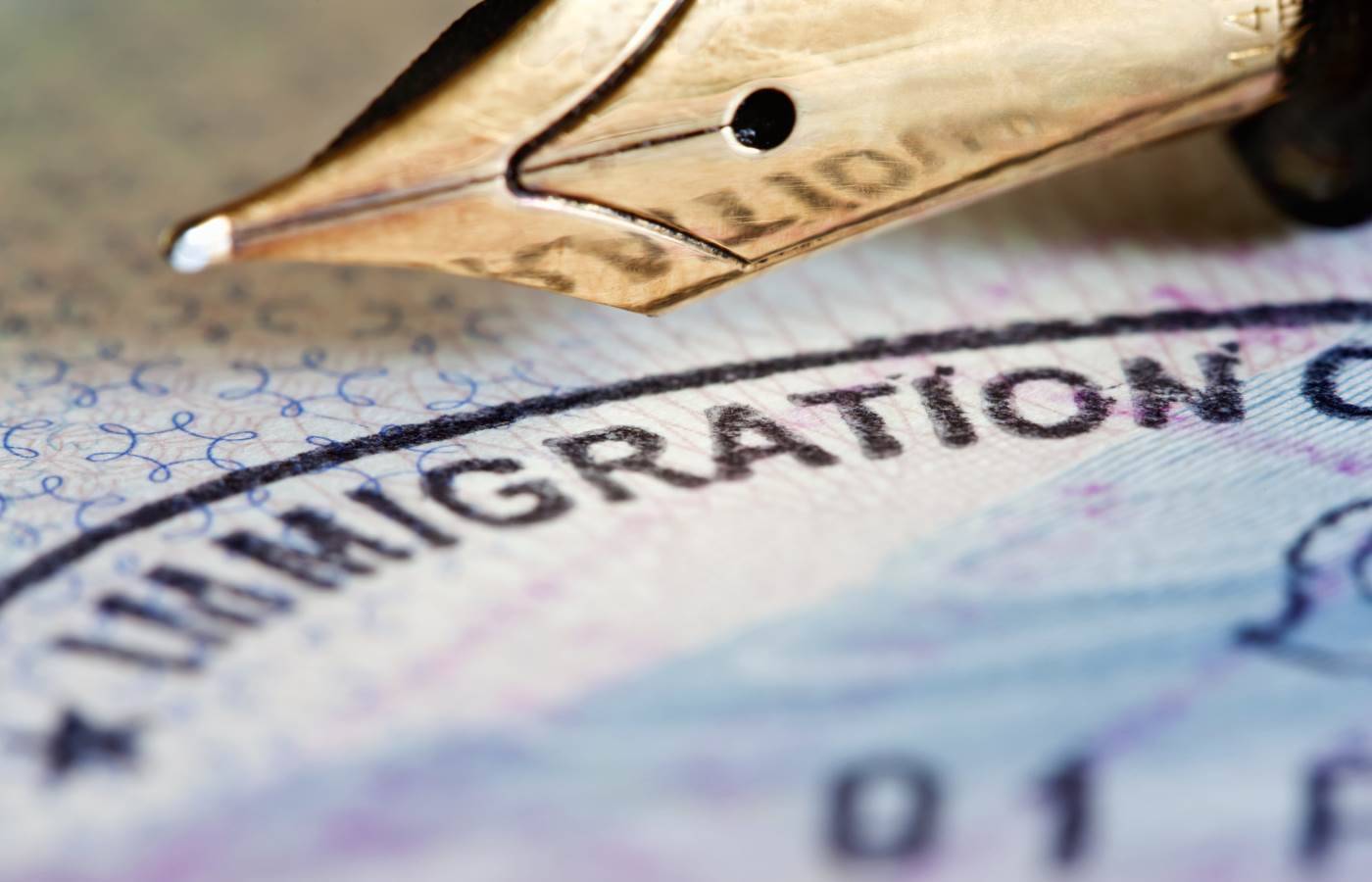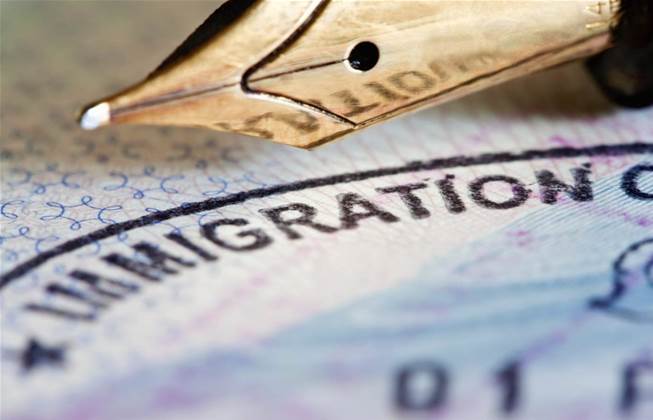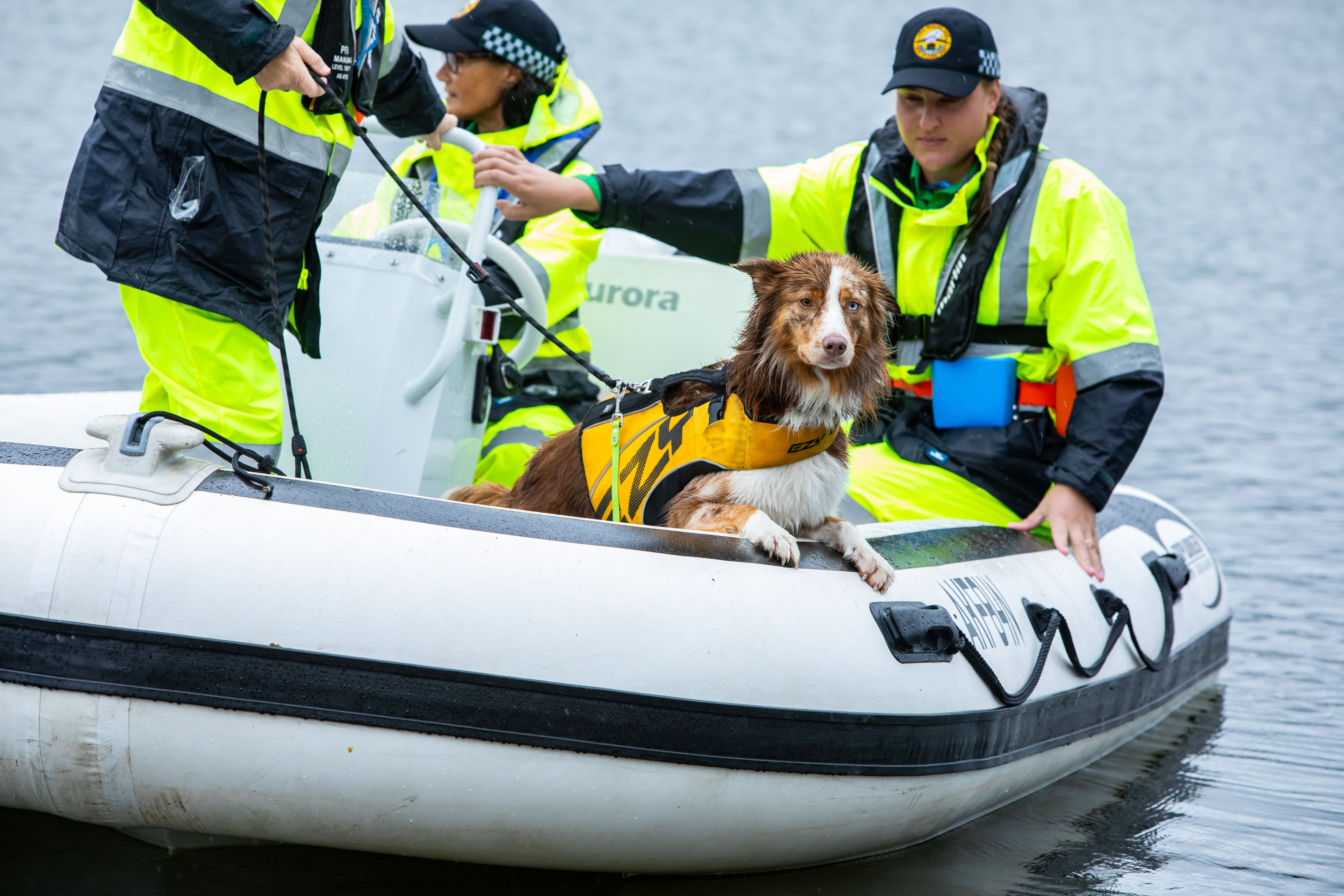
Government ministers in migration and biosecurity are facing scrutiny over their ability to outsource some decisions, or aspects of decisions, to automated tools.

A senate committee report [pdf], published late last week, criticised the lack of transparency around the technology’s proposed use.
Generally, an “explanatory memorandum” that accompanies changes to laws provides some level of detail about why a change is needed.
The committee raised concerns that automated tools could be used in migration and biosecurity decision-making by ministers, with little justification or public-facing explanation.
In migration, the tooling could be used to determine whether a visa holder should be blocked “from undertaking critical technology-related study” to prevent IP transfer.
The committee sought assurances from Home Affairs minister Clare O’Neil that a tool would not be used to completely automate “discretionary decisions”.
“The committee considers that the use of an automated decision-making process may operate as a fetter on discretionary power by inflexibly applying predetermined criteria to decisions that should be made on the merits of each individual case,” it said.
Additional information was also sought about the nature of tooling under consideration, given the lack of public-facing detail.
“The explanatory statement … does not provide any justification as to why it is necessary and appropriate to use automated decision-making in this circumstance and what safeguards are applicable to discretionary decisions made by a computer program, such as the application of merits review, the correction of errors, and sufficient oversight of the automated decision-making process,” the committee said.
The committee added it was unclear if automated decisions would be “routinely audited” or if the accuracy of the tool would be cross-checked against what the minister would have independently determined.
The committee similarly scrutinised the allowable use of automated decision-making tools in biosecurity, though in this case it was able to get detailed responses around safeguards from the responsible minister.
The tools are intended to automatically determine if vessels entering Australian waters need to file additional paperwork such as seasonal pest or human health questionnaires.
Advice to the committee was that efforts had been made “to ensure electronic decisions are consistent with the Act’s objectives and based on the grounds on which a biosecurity officer could have made the decision.”
Still, the committee noted that transparency in the proposed use of automated decision-making tools should be made upfront, rather than having to be asked for.
The government last year flagged potential laws around the use of automated decision-making tools, and a statutory body to audit automated decision-making, as part of its response to the Robodebt scandal of the previous government.
Tool audits have already been conducted in NSW, with 275 tools uncovered that are now being scrutinised.
Western Australia has similarly committed to reviewing existing and proposed uses of automated decision-making tools.










